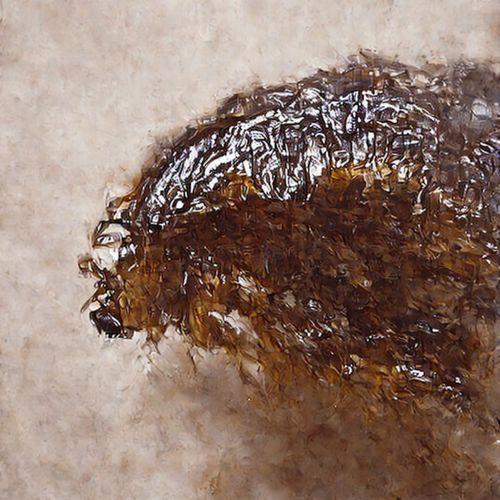Flea
Overview
Fleas are small, flightless insects that form the order Siphonaptera. They are external parasites, living by hematophagy off the blood of mammals and birds. Fleas are wingless insects, 1.5 to 3.3 mm long, that are agile, usually dark colored, with tube-like mouth-parts adapted to feeding on the blood of their hosts.


Evolution and Classification
Fleas are insects of the order Siphonaptera, which contains about 2,500 species divided among 16 families. They evolved from the order Mecoptera, the scorpionflies, in the mid-Cretaceous period, most likely in the Laurasia supercontinent. Their evolution continued during the Tertiary period.
Anatomy
Fleas are small, wingless insects that are laterally compressed, permitting easy movement through the hairs or feathers on the host's body. The flea body is hard, polished, and covered with many hairs and short spines directed backward. The tough body is able to withstand great pressure, likely an adaptation to survive attempts to eliminate them by mashing or scratching.
Life Cycle and Reproduction
The life cycle of a flea consists of four main stages: egg, larva, pupa, and adult. The entire life cycle from egg to adult takes from two weeks to several months, depending on the temperature and humidity. Adult fleas must feed on blood before they can become capable of reproduction.
Ecology
Fleas are holometabolous insects, going through the four lifecycle stages of egg, larva, pupa, and imago (adult). Adult fleas must feed on blood from the host before they can become reproductive. Flea populations are distributed with about 50% eggs, 35% larvae, 10% pupae, and 5% adults.
Interaction with Humans
Fleas are a nuisance to their hosts, causing an itching sensation which in turn may result in the host attempting to remove the pest by biting, pecking, scratching, etc. in the vicinity of the parasite. Fleas are not simply a source of annoyance, however. Flea bites generally cause the formation of a slightly raised, swollen itching spot with a single puncture point at the center.
Fleas and Disease
Fleas are vectors for a number of diseases. They are known to transmit the bacterium Yersinia pestis, which causes bubonic plague. They also can transmit the virus that causes murine typhus. Fleas also are a common vector in the transmission of various species of Bartonella, including B. henselae, the causative organism of cat scratch disease.
Control
Flea control is a multistep process. The first step is to eliminate the fleas from the host animal. The second step is to kill the fleas in the environment. The third step is to prevent new infestations from developing.
